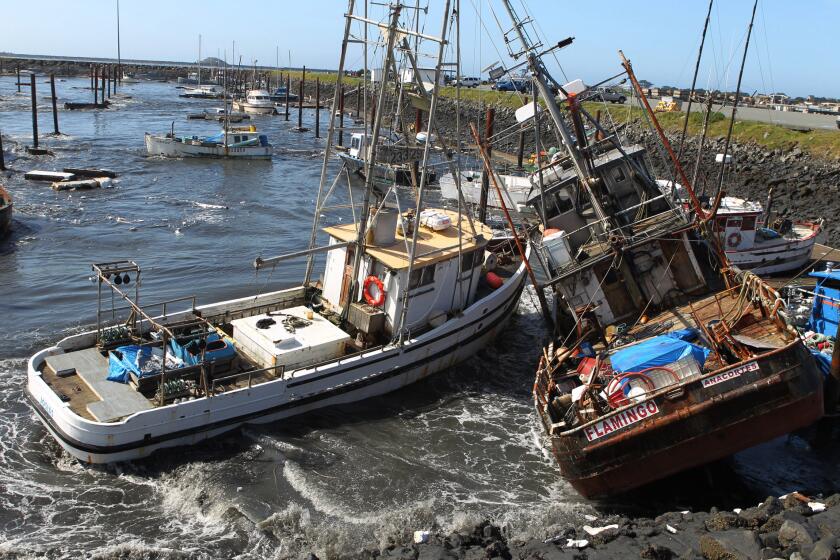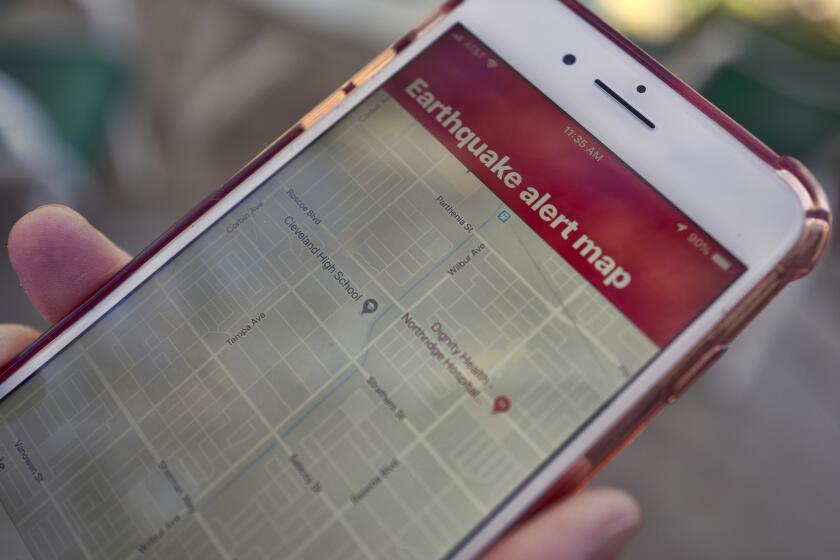A 7.6 magnitude earthquake shakes Caribbean; some islands urge residents to leave coastlines

- Share via
MEXICO CITY — A magnitude 7.6 earthquake shook the Caribbean Sea southwest of the Cayman Islands on Saturday, according to the U.S. Geological Survey, and some islands and countries urged people near the coast to move inland in case of a tsunami.
The quake struck at 6:23 p.m. in the middle of the sea and had a depth of 6.2 miles, the USGS said. The epicenter was 130 miles south-southwest of George Town in the Cayman Islands.
The U.S. National Tsunami Warning Center said there was no tsunami alert for the U.S. mainland, but issued a tsunami advisory for Puerto Rico and the U.S. Virgin Islands.
Hazard Management Cayman Islands urged residents near the coast to move inland and to higher ground. It said wave heights of up to 3.3 feet were expected.
Puerto Rico Gov. Jenniffer González Colón said in a statement she is in contact with emergency agencies after the tsunami advisory, but did not recommend anyone leave the coast.
The Dominican government also issued a tsunami alert and recommended residents on the coast move to high areas “of more than 20 meters of altitude and 2 kilometers inland.” It also urged ships to steer away or avoid entering the sea for the next few hours.
The Cuban government requested that people leave beachfront areas.
Honduran authorities said there were no immediate reports of damage, but urged residents to stay away from beaches in the next few hours, local media said.
Later, the U.S. government’s National Oceanic and Atmospheric Administration said that “tsunami waves reaching 1 to 3 meters [about 3 1/3 feet to nearly 10 feet] above the tide level are possible along some coasts of Cuba.” It added that waves of up to 3.3 feet above the tide level are possible for some coasts of Honduras and Cayman Islands.
“Actual amplitudes at the coast may vary from forecast amplitudes due to uncertainties in the forecast and local features,” NOAA said in a report.
More to Read
Sign up for Essential California
The most important California stories and recommendations in your inbox every morning.
You may occasionally receive promotional content from the Los Angeles Times.










